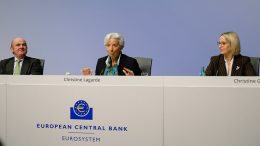Hungary-High Debt Levels Remain A Major Weakness In The Mid-Term
Crédito y Caución (Atradius) | Hungary’s current account turned to a deficit in 2019, due to rising disposable income and import-intensive investment. The deficit will increase in 2020 to 1.8% of GDP, mainly due to export deterioration. External debt is very high and increasing to about 100% of GDP in 2021, with the share of inter-company lending amounting to 37%. A large share of external debt is foreign currency-denominated, and a sharp forint depreciation would hurt many Hungarian households and businesses whose loans are denominated in foreign currencies. The forint remains vulnerable to international investors’ sentiment due to the elevated external and public debt levels and a suboptimal institutional and policy environment. However, strong GDP growth in the coming years should continue to support the exchange rate.










